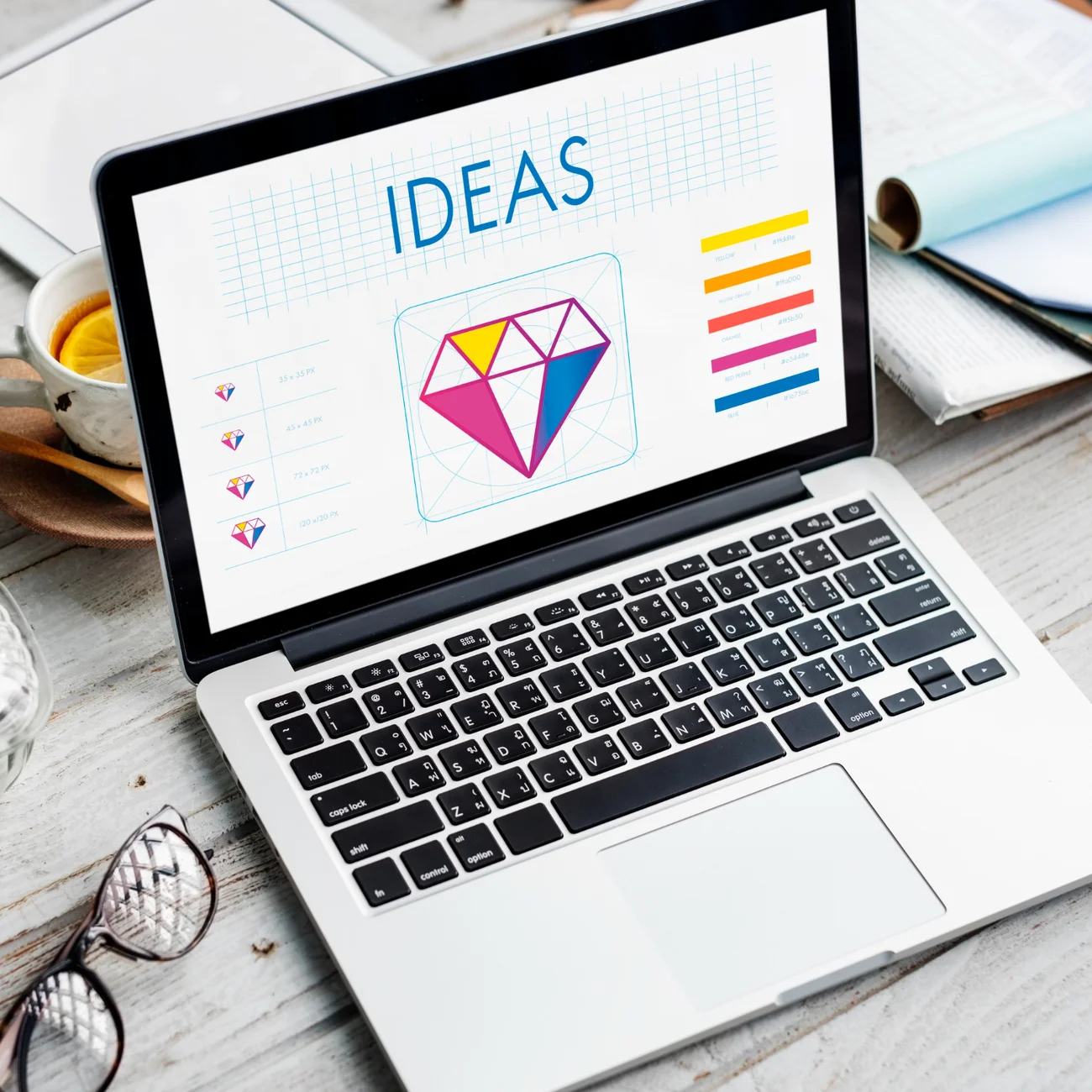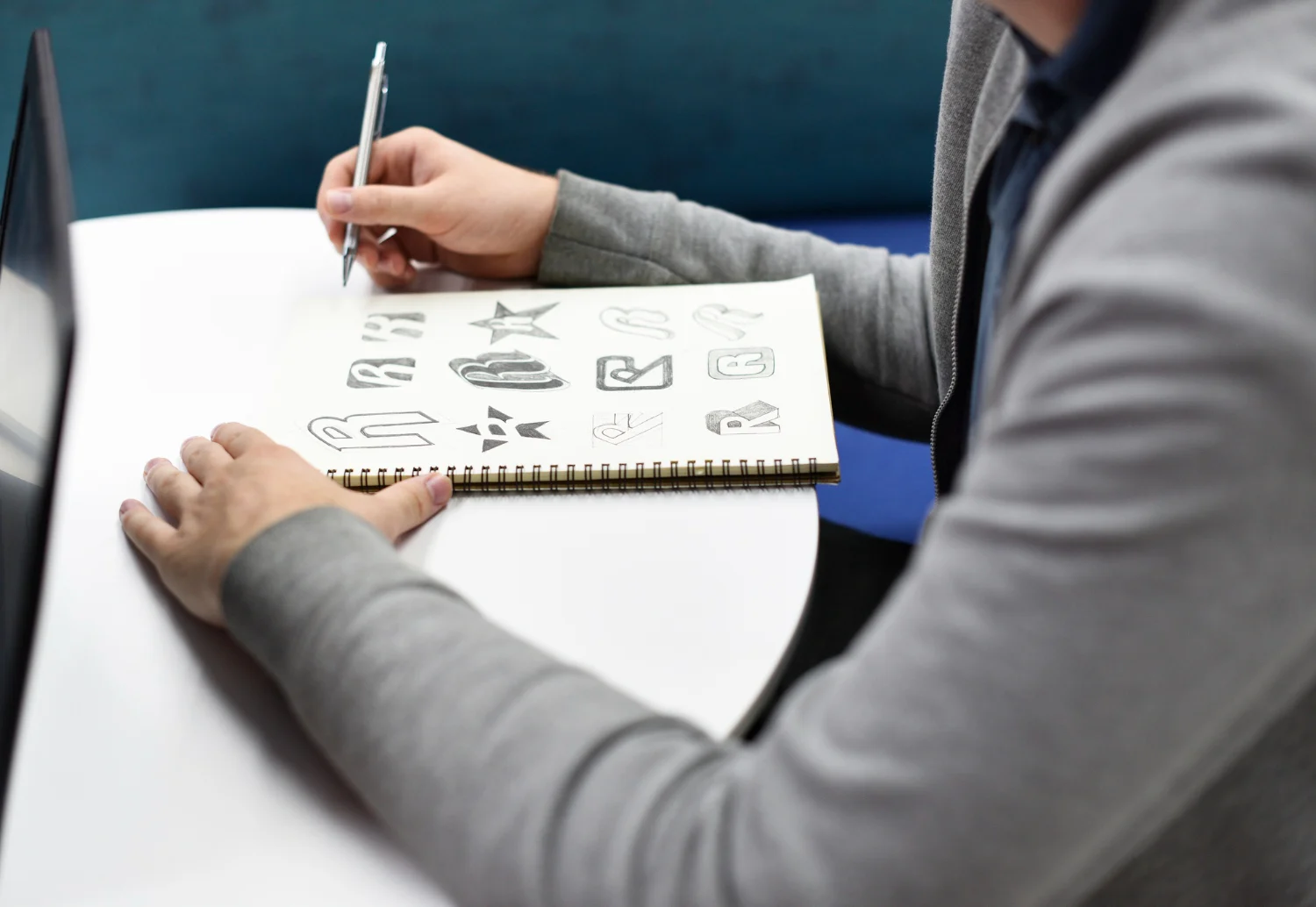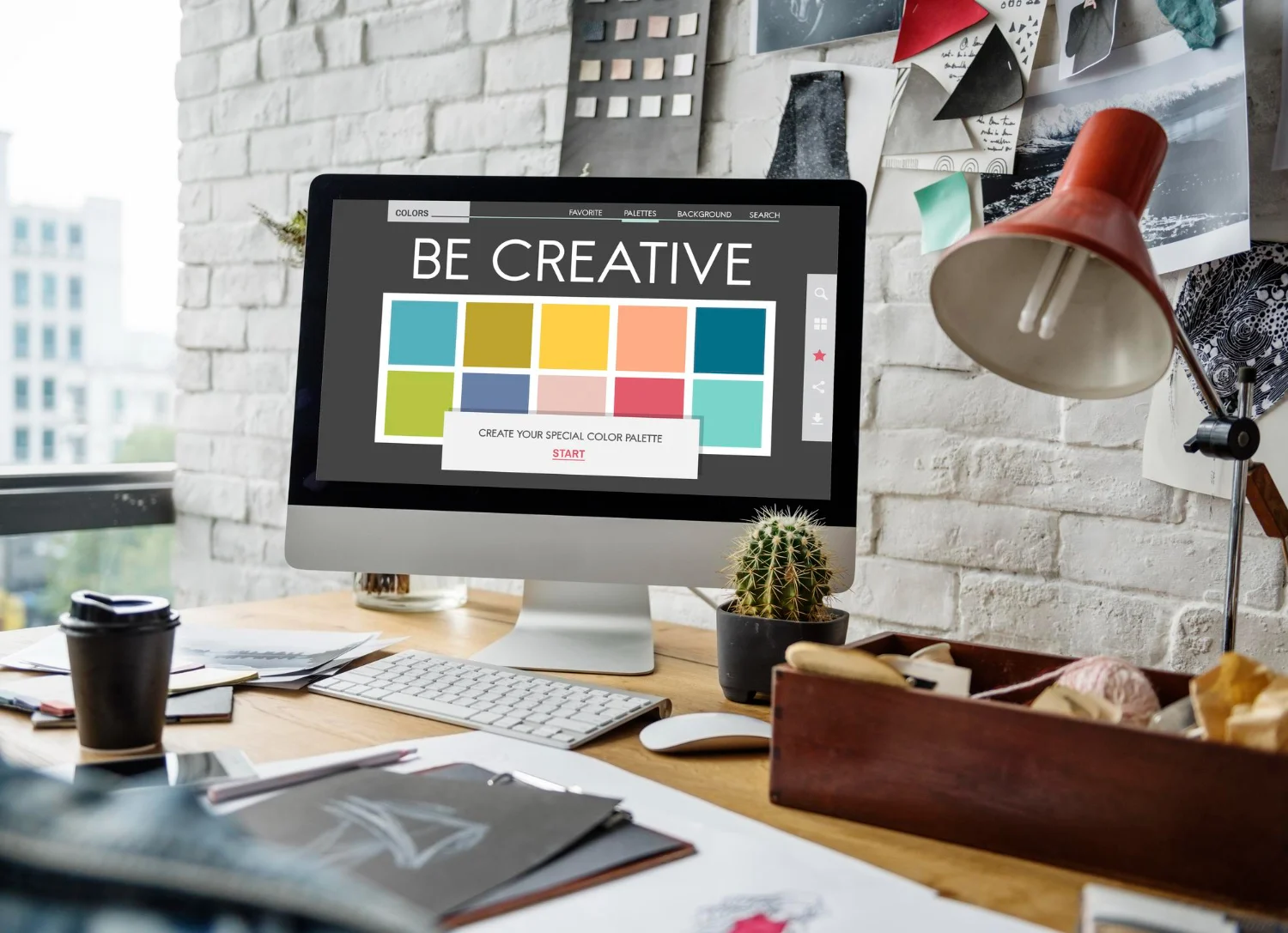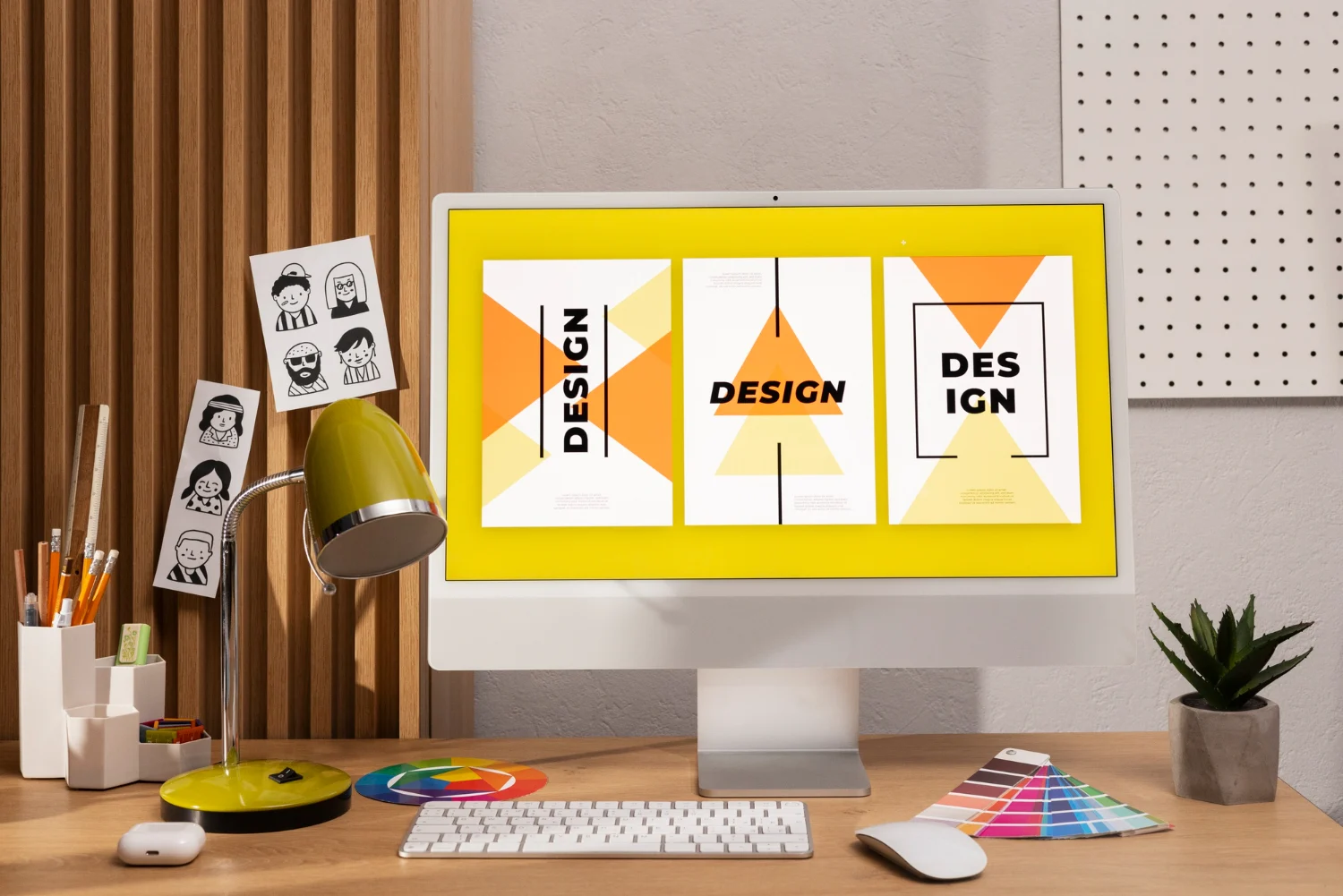
Biggest AI Mistakes People Make in Modern Logo Design
In today’s fast-paced digital landscape, artificial intelligence (AI) has revolutionized the creative industry — particularly logo design. With AI-powered tools offering rapid turnaround and low-cost solutions, many businesses and entrepreneurs are turning to these platforms to craft their brand identity.
However, while AI has made logo design more accessible, it has also led to a range of avoidable mistakes that can damage a brand’s credibility, uniqueness, and long-term growth. This article dives deep into the most common AI-related errors in modern logo design and offers expert advice on how to avoid them.
1. Prioritizing Speed Over Strategy
One of the biggest mistakes users make with AI in logo design is rushing through the process. AI tools are built to deliver instant results, and while this is convenient, it often tempts users to skip vital strategic steps such as:
-
Defining brand values
-
Understanding the target audience
-
Researching industry competitors
When you prioritize speed over strategy, the resulting logo design may look clean but lacks meaning and depth. A visually appealing logo is not enough — it must align with your brand identity and vision.
2. Choosing Generic Templates Without Customization
Many AI logo generators rely on pre-built templates. While these are helpful starting points, simply selecting a design without making thoughtful adjustments leads to:
-
Logos that resemble others in the same niche
-
Missed opportunities for originality
-
Confusion in brand recognition
Generic templates result in logo designs that fail to stand out in saturated markets. The essence of good branding is uniqueness — something AI can’t fully deliver without human input and customization.
3. Overloading the Logo with Trends and Effects
AI tools are often programmed to incorporate the latest design trends, which may be tempting to use. However, overloading a logo design with gradients, 3D effects, or complex elements can quickly backfire. Some common issues include:
-
The logo becoming visually cluttered
-
Incompatibility with small-scale uses (e.g., social icons, favicons)
-
Quick visual obsolescence as trends change
A timeless logo design should be simple, scalable, and memorable — not a short-term trend explosion.
4. Ignoring Scalability and Versatility
A mistake many non-designers make is failing to check how the logo design will perform across different mediums and sizes. AI tools often generate mockups that look great on screen but may not translate well to:
-
Print materials
-
Embroidery
-
Mobile apps
-
Dark vs. light backgrounds
The logo design must be tested for scalability, legibility, and adaptability before finalizing. This ensures brand consistency wherever it appears.
5. Neglecting Typography Best Practices
Typography is a critical element of any logo design. AI tools typically offer font pairings and styles, but without human judgment, it’s easy to make choices that:
-
Clash with the brand’s tone or industry
-
Are hard to read at smaller sizes
-
Are overly decorative or outdated
Good logo design typography should reflect the brand personality while ensuring clarity and professionalism.
6. Relying Solely on AI Without Human Oversight
While AI tools are incredibly efficient, they lack the human sensitivity and creative intuition needed for crafting emotionally resonant logo designs. Over-reliance on AI can lead to:
-
Cliché symbolism
-
Poor composition
-
Lack of emotional connection
Humans bring storytelling, cultural context, and brand intuition to the logo design process — things AI cannot replicate on its own. The best outcomes often come from using AI as a supporting tool, not a complete solution.
7. Not Securing the Legal Rights to the Logo
Many users assume that a logo generated by AI is free to use as-is. Unfortunately, this is a major legal gray area. Issues may include:
-
Unclear copyright ownership
-
Use of stock elements also available to others
-
Trademark infringement risks
A custom logo design should be legally distinct and protected. Before using an AI-generated logo commercially, it’s crucial to review usage rights or consult a design expert.
8. Using the Same Logo Across All Brand Touchpoints
Another common mistake is using one version of a logo design everywhere without considering its format, color variations, or space constraints. A complete logo design system should include:
-
Full-color and monochrome versions
-
Horizontal and vertical layouts
-
Scalable vector formats (SVG, EPS)
-
Favicon-friendly mini designs
Relying on a single file or version often results in awkward or pixelated placements that harm brand professionalism.
9. Skipping Feedback and Iteration
AI-generated designs can feel “final” once downloaded, but smart logo design is iterative. Skipping feedback from stakeholders, peers, or professionals can lead to:
-
Missed red flags
-
Brand misalignment
-
Poor audience response
Always gather feedback and refine the design — whether it’s human-created, AI-assisted, or both.
10. Ignoring Cultural or Contextual Sensitivities
AI doesn’t fully understand cultural symbolism, taboos, or regional aesthetics. If you're working in international markets, a logo design that looks harmless in one country could be offensive or confusing elsewhere.
Without proper research and human oversight, an AI-generated logo design may carry unintended messages that damage brand reputation.
How to Use AI in Logo Design — the Right Way
Instead of viewing AI as a full replacement, treat it as a collaborative tool. Here's how to get the most from it:
-
Use AI for initial ideation and variations
-
Apply brand strategy before starting
-
Customize heavily to avoid generic outcomes
-
Involve human designers for polishing and validation
-
Always test your logo design in real-world scenarios
Bonus Tip: Evaluate AI Tools Carefully
Not all AI platforms are created equal. Choose tools that:
-
Allow vector exports (.SVG, .EPS)
-
Support customization of layout, font, and color
-
Offer commercial usage licenses
-
Provide brand kits with multiple logo versions
Using low-quality or free AI tools might save money now, but can hurt your logo design long-term.
Real-World Consequences of AI Logo Design Mistakes
Still unsure how serious these mistakes can be? Consider this: many startups have had to completely rebrand after realizing their AI-generated logo design resembled another company’s logo — or worse, it was taken directly from stock image libraries.
A poor logo isn't just a design problem — it’s a business liability. It weakens trust, blurs brand identity, and requires expensive redesigns down the line.
Need a Professional Touch?
While AI tools are evolving, they’re no replacement for seasoned brand and design expertise. If your business is serious about building a strong visual identity, investing in professional logo design services is a smart move.
A strategic, custom logo isn’t just a graphic — it’s the face of your brand. It speaks to your audience, builds trust, and sets the tone for everything your company represents.
Helpful Resource
For a deep dive into the importance of brand identity and design fundamentals, check out this high-authority guide from Smashing Magazine—one of the top sources in digital design. Their classic piece, “Vital Tips For Effective Logo Design”, breaks down core principles like simplicity, memorability, timelessness, versatility, and relevance—all essential to strong logo design.
Make Better Logo Choices
AI is a powerful tool in modern logo design, but it comes with limitations and risks. By understanding the most common mistakes — from overusing templates to skipping legal checks — you can make more informed, strategic choices for your brand.
A great logo design balances creativity, clarity, and consistency — and often, the best results come from the collaboration between AI and human expertise.
Ready to Elevate Your Brand?
Let the experts at Webbywide craft a professional, custom-tailored logo design that reflects your brand’s personality and vision.
👉 Contact us today to get started!





Comments
Add Comments
Update Comment